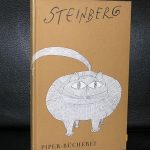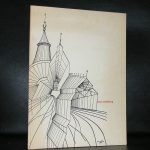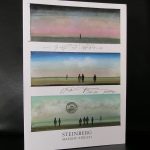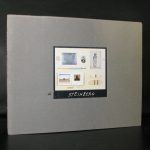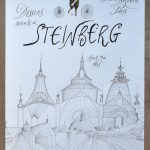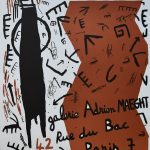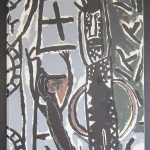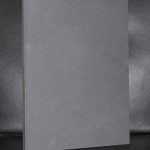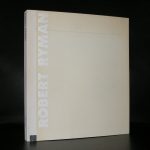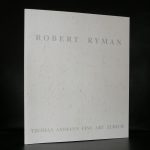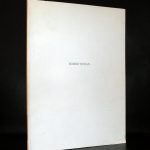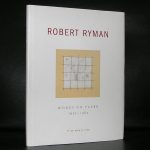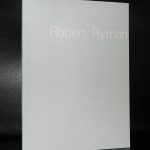
Freshness, vitality, and dazzling hues encapsulate Walasse Ting’s (originally named Ding Xiongquan -丁雄泉) depictions of women, flowers, birds, and animals, executed in a forceful and highly individualistic style. Wallasse Ting’s alluring, magical world is one of sensory pleasure, appealing to all who share his passion for the beauty of nature.
Walasse Ting was born in Shanghai in 1929 and briefly studied at the Shanghai Art Academy before leaving China in 1946 to come to Hong Kong, where he exhibited some watercolors in a local bookstore. In 1950, he sailed to France and eventually arrived in Paris with no money, friends, or shelter. He lived as a poor, struggling artist for six years, absorbing the city and being exposed to Western art for the first time, particularly the expressionist movement and the works of Picasso. A significant influence was the Belgian artist, Pierre Alechinsky, who discovered Ting while he slept on bare planks in a small attic room and became his lifelong friend.
Walasse Ting arrived in New York in 1958 at the height of the abstract expressionist period. He befriended American artist Sam Francis, and the movement had a profound impact on his work. Unlike in Paris, Ting was able to paint and sell his work. In his paintings, which at the time were predominantly poetic abstractions in the style of Parisian Chinese artist Zao Wouki, bold drips were visible. It wasn’t until the 1970s that Ting developed his now signature style, using Chinese calligraphic brushstrokes to define the contours, and filling flat color fields with vibrant acrylic paint.
www.ftn-books.com has some highly collectable Ting items available.

















